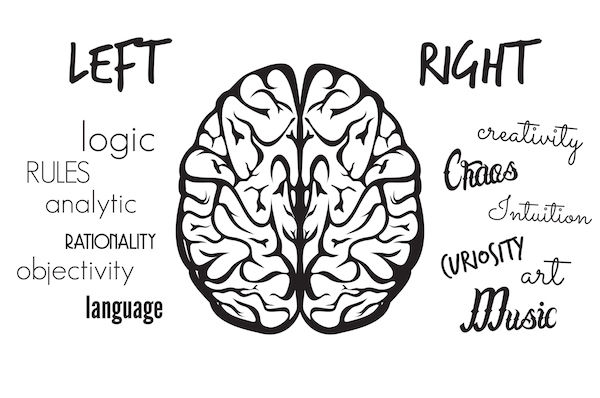
TUESDAY, March 9 (HealthDay News) — Over 5 million Americans are living with Alzheimer’s disease, and blacks and Hispanics are at highest risk of developing the disease, a new report finds.
The report, 2010 Alzheimer’s Disease Facts and Figures, from the Alzheimer’s Association, finds that black Americans are about two times more likely to develop Alzheimer’s disease than whites, and Hispanics face about 1.5 times the risk.
“Alzheimer’s is continuing to be on the rise,” said Maria Carrillo, the association’s senior director of medical and scientific relations. “So many people are affected by it across the country, but we are rallying to highlight the disparities that exist in populations,” she said.
Much of the increase in Alzheimer’s is because of increasing high blood pressure and diabetes, which increase the odds of developing Alzheimer’s in all populations.
“African-Americans and Hispanics are particularly vulnerable, because the proportion of these two risk factors is higher even still,” Carrillo said. “We can actually do something about this increased risk with better management of the conditions.”
This year, 500,000 new cases of Alzheimer’s will be diagnosed, with a greater number of new cases expected in the years to come, the report found. By 2050, the report estimates that almost a million new cases of Alzheimer’s will be diagnosed annually.
In 2006, Alzheimer’s was the seventh leading cause of death in the United States and the fifth leading cause of death among those 65 and older.
From 2000 to 2006, death rates declined for most major diseases, including heart disease, breast cancer, prostate cancer, stroke and HIV/AIDS. However, deaths from Alzheimer’s rose more than 46 percent during that time period, according to the report.
Not only are there more cases of Alzheimer’s, but more families are shouldering the burden of the disease, Carrillo said. This is particularly true for minority families who may have less access to outside care.
“There are 5.3 million Americans with Alzheimer’s,” noted Robert J. Egge, vice president of public policy and advocacy. “And for each of those people there are many others whose lives are consumed with caring for those Alzheimer’s patients,” he said.
That totals some 11 million Americans, Egge said.
In 2009, these unpaid caregivers provided 12.5 billion hours of care “valued at $144 billion, more than the federal government spends on Medicare and Medicaid combined for people with Alzheimer’s and other dementias,” according to the report.
Part of the problem is that Alzheimer’s isn’t recognized until it is in a late stage, Egge said. “So there isn’t adequate care planning and other kind of support structures, especially in communities with socioeconomic disadvantages,” he said.
Another reason behind Alzheimer’s grim rise is that people are living longer — escaping illnesses such as heart disease and cancer that might have killed them before Alzheimer’s arose.
“We are managing many diseases that do allow us to live longer,” Carrillo said. “With age being the greatest risk factor, we are just skewing our population towards the Alzheimer’s arena.”
Another expert agreed.
“We have some pretty effective solutions for a lifetime of cardiovascular disease risk, but your bypass and stent may just give you time to dement,” said Greg M. Cole, a neuroscientist at the Greater Los Angeles VA Healthcare System and associate director of the Alzheimer’s Disease Research Center at UCLA David Geffen School of Medicine.
Often, it all adds up to many years of needed care. And since it often takes a long time to die from Alzheimer’s, “you may have lost touch with your loved ones for 10 years, sometimes even 20,” Carrillo said.
Research dollars remain key to turning the numbers around, she said. “We really need to focus on Alzheimer’s,” she said. “We need more of an investment in Alzheimer’s disease.”
The report found that payments for health and long-term care services for people with Alzheimer’s will total $172 billion this year.
In addition, Medicare costs for Alzheimer’s patients are almost three times higher than for other older people, and Medicaid costs are almost nine times higher, the report found.
Many people with Alzheimer’s also have one or more other medical conditions, such as diabetes or coronary heart disease, making their care even more expensive.
Yet far less is spent on Alzheimer’s research than on other diseases.
In fact, “for every $25,000 the government spends on care for people with Alzheimer’s and dementia, it spends only $100 for Alzheimer research,” the report said.
According to Cole, “this new report details how the long predicted ‘epidemic’ rise in Alzheimer’s disease and other dementia is already upon us.”
The report also sounds the alarm that the situation may get worse before it gets better.
“We hope to have better treatments, but cures are unlikely,” Cole said. “The only cost-effective answer we can realistically try to achieve is an effective prevention program,” he said.
More information
There’s more on Alzheimer’s disease at the Alzheimer’s Association.

